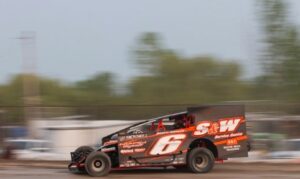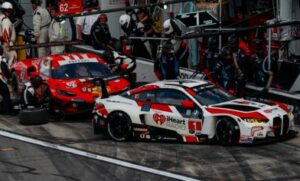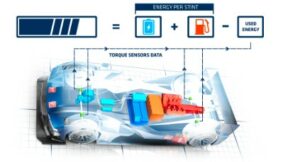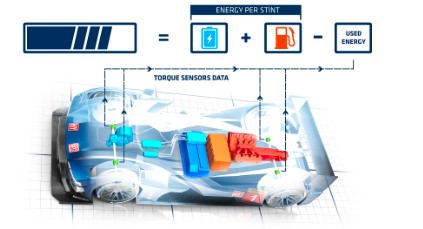
Racecar weight limits play a crucial role in motorsports, influencing performance, handling, and competition fairness. Understanding these weight restrictions is essential for teams, drivers, and enthusiasts alike. In this article, we’ll delve into the intricacies of racecar weight limits, exploring their significance, impact on racing dynamics, and the considerations involved in optimizing performance while adhering to regulations.
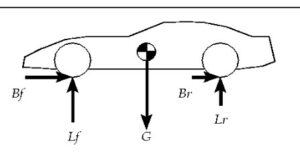
The Importance of Racecar Weight Limits
Racecar weight limits serve as a regulatory measure to ensure fair competition, safety, and performance parity across different racing categories and events.
Fair Competition
By imposing weight limits, racing organizations aim to level the playing field, preventing teams with lighter cars from gaining an unfair advantage due to weight-related performance advantages.
Safety Considerations
Maintaining a minimum weight requirement helps ensure that racecars meet safety standards, reducing the risk of accidents, and enhancing driver protection in the event of collisions or mechanical failures.
Performance Optimization
Understanding and managing racecar weight is crucial for optimizing performance, handling, and fuel efficiency, as weight distribution and balance directly impact a car’s dynamics and agility on the track.
Factors Influencing Racecar Weight Limits
Several factors influence racecar weight limits, including racing class regulations, vehicle type, engine size, and the specific requirements of different racing series and events.
Racing Class Regulations
Different racing classes have varying weight limits and regulations, reflecting the unique characteristics and objectives of each category, from stock car racing to open-wheel formula racing.
Vehicle Type and Design
The type of racecar, whether it’s a prototype, GT car, touring car, or rally car, will have specific weight limits and restrictions tailored to its design, construction materials, and intended use.
Engine Size and Power
The engine’s size, power output, and configuration play a significant role in determining weight limits, as heavier engines may require lighter chassis and components to meet regulatory requirements without compromising performance.
Series and Event Specifics
Each racing series and event may have its own set of rules, restrictions, and allowances regarding racecar weight, often based on historical data, safety considerations, and performance goals unique to the competition.
The Impact of Weight Distribution and Balance
Weight distribution and balance are critical factors that directly influence a racecar’s handling, stability, and overall performance on the track.
Center of Gravity
Optimizing the center of gravity by strategically placing ballast, components, and fuel within the car can enhance stability, cornering, and traction, improving lap times and race performance.
Handling and Agility
Proper weight distribution between the front and rear axles, as well as side-to-side balance, can significantly impact a racecar’s handling characteristics, responsiveness, and agility, allowing drivers to navigate corners and straights with precision and confidence.
Tire Wear and Fuel Efficiency
Balancing weight distribution and managing overall racecar weight. This can also affect tire wear rates and fuel consumption, as excessive weight can increase tire degradation and reduce fuel efficiency, compromising race strategy and pit stop planning.
Thunderbird Speedway and Racecar Weight Limits
Thunderbird Speedway, a renowned motorsports venue, adheres to specific racecar weight limits and regulations to ensure fair competition and maintain safety standards.
Compliance and Inspection
Thunderbird Speedway conducts thorough inspections and compliance checks. These are to verify that racecars meet the prescribed weight limits. Thus ensuring a level playing field and adherence to racing regulations.
Performance Challenges
The challenging conditions and demanding track layout at Thunderbird Speedway. These require teams to carefully manage weight distribution and balance. So as to optimize performance and handle the unique racing dynamics of the venue.
Racing Strategies
Teams competing at Thunderbird Speedway must develop race strategies. Strategies that consider weight limits, tire management, fuel consumption, and pit stop timing. All to maximize their chances of success on race day.
Conclusion: Navigating Racecar Weight Limits
In conclusion, racecar weight limits are a fundamental aspect of motorsports, influencing competition fairness, safety, and performance optimization. Understanding and managing weight distribution, complying with regulations, and developing effective race strategies. All are essential for success in racing events, including those held at prestigious venues like Thunderbird Speedway. Technology advances and racing regulations evolve. With them, the importance of racecar weight management will continue to play a pivotal role. One in shaping the future of motorsports. Actively driving innovation, and enhancing the overall racing experience for teams, drivers, and fans alike.

